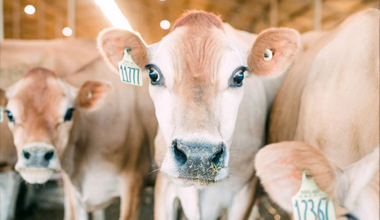Dairy updates
Milk production rises.
National milk production grew for a second consecutive month in February, signaling renewed optimism for dairy growth for most regions. February’s milk production in key milk predicting states was 17 billion lbs, a 0.9% increase from last year. Record income over feed costs in the fall of 2024 set the stage for herd growth in early 2025. The milk cow herd increased to 9.405 million head, up 62,000 head from the previous year. Idaho has seen particularly notable growth, supported by looser quota restrictions from processors. Idaho dairy herd counts were revised upward for three consecutive months, including a 10,000 head revision this month. While Idaho is growing, California and Washington still face challenges. California’s milk production is still down, but decreasing at a slower rate, softening from 9.87% to 3.75% year over year. Washington saw a 3% drop in production as milk check withholdings weighed on many producers. In Arizona, dairy herds are entering the “flush season” (period in spring when dairy cows naturally produce more milk). Q1 prices are delivering decent results as production improves. While Q2 prices look challenging for profitability, many producers are expected to maintain stable returns, with increased production helping to offset lower milk checks and price coverage options providing additional support.
Profitability
March 12, 2025
Dairy: Slightly profitable - Neutral 12-month outlook
Profitable milk prices and a tight supply of replacement heifers have provided tailwinds to dairy profitability. However, current market volatility will pose challenges.
